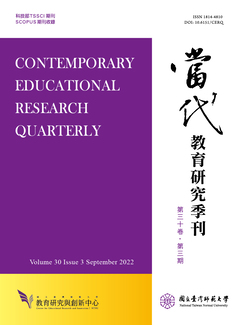

Whereas it has been widely agreed that aboriginal adolescents’ ethnic images may dramatically vary due to individual living environments and daily experiences, its unique and diverse scenarios are rarely touched upon. Since most aboriginal literature often reflects the mother culture and experiences encountered by many aborigines, it is an adequate tool to probe the aboriginal students’ ethnic images and attitudes. This study applied aboriginal literature reading to a ninth grade class mostly composed of the Truku tribe in eastern Taiwan. The year-long teaching focused on students’ learning of their mother language and culture, rethinking their ethnicity, ethnic stereotypes, aboriginal creativity in cultural expression, and positive model learning to gradually strengthened their ethnic self-definition, sense of ethnic belonging, and attitudes to their own tribe and community. The analyses of classroom observations, interview protocols, learning sheets and compositions by the students demonstrated the diverse ethnic images—ranging from “positive” to “unclassified.” This result not only exemplifies the value of aboriginal literature, but also deepens our understanding of aboriginal adolescent’s development of ethnic images.

This work is licensed under a Creative Commons Attribution-NonCommercial 3.0 Taiwan License.
Center for Educational Research and Innovation, National Tawain Normal University
162, Ho-Ping East Rd, Sec. 1, Taipei, Taiwan | Tel:+886-2-7749-3670 | E-mail: cerecerq@gmail.com
CERI | NTNU | E-mail Alerts | Open Journal System
© 2014 CERI-NTNU
